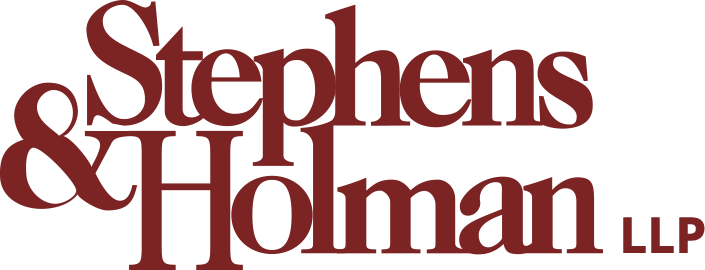Slip and fall hazards have proven to be a significant issue in British Columbia. Recent data found that nearly 22% of workplace injuries occur from slips and falls annually, while over 24,000 British Columbians sought medical attention for injuries caused by unintentional falls between 2021 and 2022. Whether slips and falls occur at home or the workplace, the injuries that stem from these incidents can be life-altering. Identifying slip and fall hazards and exerting caution around them is key to remaining safe.
Common Causes of Slips and Falls
Surface Conditions
Unexpected changes in surface elevation or texture are major tripping hazards. Environmental factors that cause surfaces to become uneven or irregular raise the chances of someone losing their footing. Common surface slip and fall hazards include:
- Bumps, cracks, gaps, or holes in flooring or on the ground
- Sudden elevation changes due to potholes, slopes, ramps, or stairs
- Slippery surfaces from water, ice, snow, oil, grease, and other substances, especially when warning signs are not present
Inadequate Maintenance
Property owners and managers are obligated to keep dwellings safe for occupants. Failing to perform routine maintenance or adequately address repairs as they arise allows infrastructure to deteriorate, leading to unsafe conditions. Some common maintenance hazards, often code infractions, include:
- Loose, worn, or torn flooring
- Poor or burned-out lighting
- Uneven or cracked sidewalks
- Neglected staircases and steps
- Defective handrails
- Unaddressed pipe and roof leaks
Obstacles and Clutter
Anything that impedes a clear, safe path could cause collisions or missteps. That risk only increases if obstacles or articles of clutter aren’t easily visible. Some of these tripping hazards include:
- Loose wires and cables
- Improper storage
- Blocked exits
- Ice and snow
- Accumulating debris
What to Do After a Slip and Fall Accident
Unfortunately, even being aware of your surroundings and exerting caution might not be enough to avoid tripping hazards. If you are injured in a slip and fall accident, there are important steps you need to take if you plan to seek out legal counsel.
Seek Medical Attention
First and foremost, your health should take priority. Following a slip-and-fall accident, be sure to see a medical professional, even if you initially think your injuries aren’t severe. Doctors will provide a proper diagnosis and treatment. Keep these medical records and follow all medical advice accordingly.
Document the Scene
You or someone you know should document the scene where the incident occurred, ideally as soon as possible. Take photos of the hazards that caused the accident as well as the surrounding areas. If any witnesses were present, please take their contact information.
File a Report
Once you or someone you know is able, report the incident to the property owner or an on-scene manager. Do not admit to any fault, whether verbally or in writing. Simply state the facts.
Contact Legal Counsel
It’s worth speaking to a lawyer about your situation and asking them to review your case. British Columbians are entitled to safe premises under the law. You may be entitled to compensation to help cover medical costs, missed wages and to cover pain and suffering.
